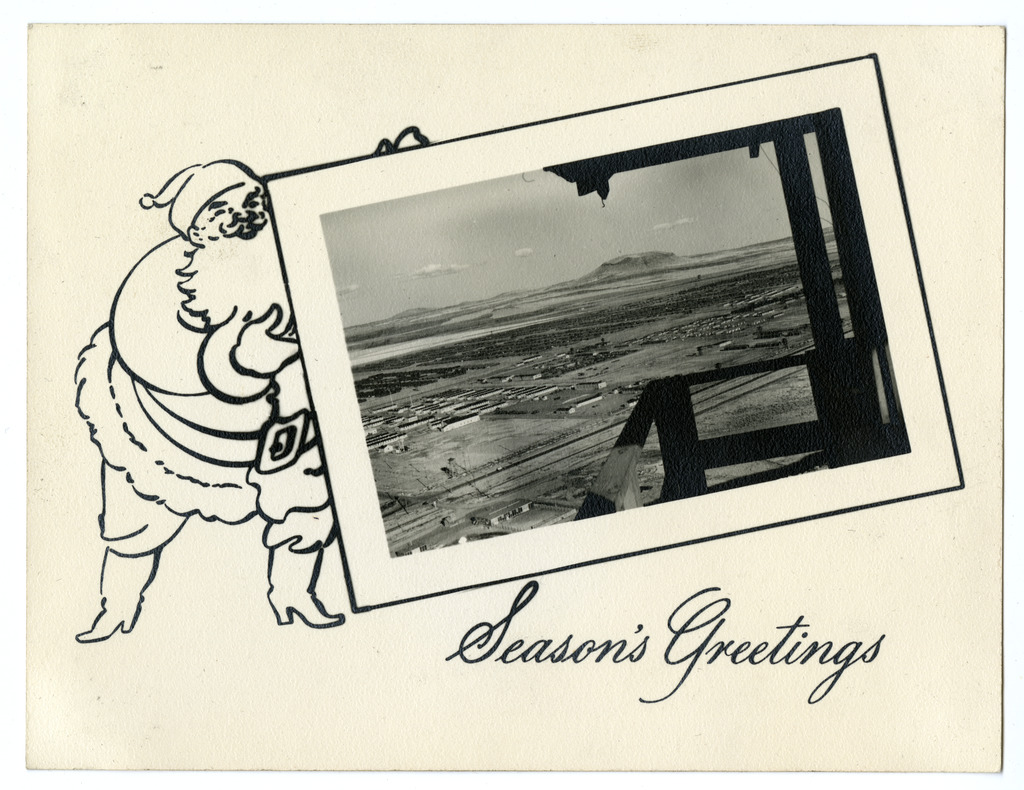Students can become publishers of a different kind of assignment with ArcGIS: StoryMaps. The "New" StoryMaps "makes it even easier and more intuitive to create presentations than with its "classic" platform. By making a StoryMap assignment, students can add new dimensions to data, ask and answer different kinds of questions, get into stories and visualize them geographically. StoryMaps is just one of many different web apps that ArcGIS provides freely; there are also hundreds of lesson plans and tutorials created by the ArcGIS community as well as projects published in the community Gallery.

NOTE: You will be prompted to a sign-in screen.
Choose "Create Public Account"-"When registering on the next page, this option is at the bottom center of the page.


A grassroots organization dedicated to preserving, educating, and sharing the story of World War II-era incarceration of Japanese Americans in order to deepen understandings of American history and inspire action for equity.
From one of the archives below, choose an image or a series of images. Here is a link to our example: A Holiday Greeting Card from Tula Lake internment camp.
Use the metadata of the image to help you learn as much as possible about it. Most important: you will use your notes to create original research writing so, take detailed notes on the following questions:
What is the genre or intent of the image? Does it belong to any type of photograph or other artwork? Using keywords, search the archive for other, similar examples of the photograph. Does it seem rare, or common? If people are pictured in the photo, where might they be from-do we know the context of the picture? Who are they, and what is the background? How did they end up in that picture? How did the picture end up in this collection?
If your photograph depicts an object or scene, discuss the function of the object depicted and why it would be photographed.
Create a StoryMap based around the archival image(s) you chose, and tell its story. Put this together with multimedia enhancement: each topic and point should be illustrated with maps, images, video and audio, and other web resources.
Complete the StoryMap with a bibliography of all of the resources used.
Create a StoryMap presentation on a religious icon or object associated with Asian American history or culture. Discuss the development of the religion with which the object is associated. Show multiple depictions of the object which may come from different times, places, and cultural points of view. Look for multimedia: videos illustrating rituals, for example, as well as images. Create your own artwork of the religious object, either as a drawing, painting, sculpture, video, or digital art object. Add demographic data on a StoryMap either by importing an CSV table or creating illustrated, annotated pins. Accompany every source you bring in, whatever its medium, with an original written explanation of at least 50 words.